Have you ever watched someone knead the dough on TV...
Read MoreQuick bread is loaves that rely on baking soda, baking powder, or trapped air instead of yeast to rise quickly. These breads are notable for their low time requirements, hence the name “quick.” Banana bread, cornbread, and numerous other bread examples of quick bread. There are exceptions, but they tend to be sweetbreads. Many common mistakes are made with quick bread, and it can be challenging to obtain a clean, soft, uniform loaf. Let’s examine some of the most frequently asked questions about quick bread.
Then, why does quick bread crack? Note that a cracked top is desirable for quick bread. For instance, minor cracking on cornbread is not a detriment but a plus. However, excessive cracks, gaps, and holes are a problem. When concrete is overmixed, tunnels and voids can develop into large cracks. Mix the bread mix until the dry ingredients are thoroughly moistened. This may necessitate leaving a few lumps.
If the bread is cracked because the center has sunk, the batter may have been left out of the oven for too long. If the center of the bread has dropped and it is soggy, you either added too much liquid or not enough leavening agent.
This can also occur when incorporating hard ingredients such as nuts or fruit. The denser, heavier ingredients sink to the bottom of the container. Coat them in flour before integrating them into the batter.
This increases the likelihood that they are evenly distributed in the batter and prevents the bread from breaking when picking up the lighter upper half. A cracked, uneven surface can also result from an overheated oven. As a result of the leavening agent, steam escapes as the bread tries to rise.
The solution is to adjust the temperature of the oven. In contrast, a flat top with a few small peaks in the center indicates that the oven temperature is too low.
What Should I Do If There Is One Large Split in the Middle of the Loaf?
This is typical of quick bread. The fracture develops due to the top settling before the remainder of the structure. The situation becomes problematic when the top surface has multiple cracks and a less-than-desirable texture.
Why Are the Bread’s Edges So Crunchy?
The presence of crisp edges impedes rich flavor. We are not discussing bread that has been overcooked or cutters that have been scorched due to uneven oven heating. Instead, we are talking about bread mixes that produce a crusty edge while the rest of the loaf has the correct texture.
This can occur when too much fat, sugar, or both are added to the mixture. If the bread also has a “greasy crumb,” too much fat was added to the recipe. The solution may consist of cooking the food with less fat and then adding a layer of melted butter.
Changing to a different method of baking quick bread may be an alternative solution. Change from the muffin method of combining liquid fats such as butter and oil to the biscuit method of combining cold fats.
Rather than pouring cooking oil into a mixture, it is simpler to obtain a precise amount of fat by chopping lard or hard butter. The biscuit baking technique will produce a flaky texture without excessive surface cracking. A secondary advantage of the biscuit method is that you are unlikely to overmix the mixture. Others choose the muffin method because the final product is more tolerant of lumps. Mixing with a spatula, as opposed to a whisk or spoon, will produce a more uniform mixture.
At least then, you won’t over-mix it, which can lead to surface cracking. On the other hand, mixing it with a mixer will almost certainly result in over-mixing and tunneling. The solution is to manually combine the quick bread mix.
Why Is My Quick Bread So Tough?
You may have overmixed the substance, resulting in a tough texture. Additionally, it may have dried out. This could result from baking it at a too-high temperature or leaving it in the oven for too long. In some instances, it is because the mixture lacked sufficient moisture.
You could also have added dried fruit, which dried out the bread mix. This issue can be resolved by soaking the fruit in juices. Apple juice, orange juice, brandy, or rum may be used. Yes, this is how your relatives prepared a luscious, creamy fruit cake with the fruit soaked in alcohol.
If you are concerned about the flavor, soak dried fruit in boiling water for fifteen minutes, drain, and then incorporate it into the finished batter. Ensure that it is sufficiently drained so as not to add excess moisture to the batter.
Why Am I Given Rough, Crumbly Bread?
This can occur with bread that is still moist. Quick bread should be dense and humid, with delicate pieces that adhere to one another. If bread is crumbling, it contains too much fat or leavening, such as baking soda.
Why does my quick bread have a bitter flavor?
An overabundance of the leavening agent is the typical cause of this problem. If it has a bitter aftertaste, too much baking powder was likely used. An excessive amount of baking soda can leave a soapy aftertaste.
If the quick bread is not rising or is dense, the solution is to replace the leavening agents, not to add more. This could also occur if the batter is old. You can attempt to solve the problem by baking the bread faster, but you risk overheating it and obtaining dense or cracked bread.
Why Does My Quick Bread Have a Thick Crust?
The crust of the quick bread is excessively thick for two primary reasons. The first is that too much sugar was added. Instead of including so much sugar in the recipe, the solution is to glaze the bread once it has been baked. Use less sugar and more frosting in the recipe.
The oven temperature is also too low, which contributes to this issue. If the crust is thick, but has small, uneven peaks in the center, the oven temperature is too low.
Options include:
- Increasing the oven’s temperature.
- Reducing the times, the door is opened.
- Ensuring the heating elements are operational.
FAQs
The longer dough rises, the more active the yeast becomes. If it goes too far, the gluten relaxes too much, and the bread will collapse or go flat while it bakes. By restricting it, you produce better bread with a more reliable crumb. Poke your finger into the dough to check if it has sufficiently risen.
Usually, bread crumbles in the middle either because the gluten wasn’t developed enough (i.e., the dough needed more kneading), or because the shaped loaves under proofed and the quick proofing rise in the oven weakens the gluten strands in the middle of the loaf
You may have added too much flour.
If you use too much flour, leavening, or wet ingredients, it’s likely that your banana bread will come out crumbly. So, always ensure that you follow an exact recipe and measure out each ingredient precisely. Furthermore, you should grease the tin prior to baking, as this will allow you to lift your bread out whole.
It all counts towards baking the perfect loaf of bread. The ideal oven temperatures for baking bread ranges anywhere between 350 and 475°F (180 and 246°C), optimizing both caramelization and the Maillard reaction (which we’ll get into) providing the perfect color and texture in the final product.
Too little yeast, your bread won’t rise sufficiently; too much, and it will rise and collapse. It’s important to watch your dough as it rises and bakes; dough that has risen and collapsed may look just like dough that never rose at all, once it’s baked.
What to look for in an over proofed loaf. Like the signs of over proofed dough, an over proofed loaf will be very flat, without much rise or retention of shaping. Over proofing destroys the structural integrity of the bread, so loaves that have gone over are unable to hold their shape in the oven.
If your dough feels dense and tough to handle when you stop the mixer, it is a sign that it is becoming over-kneaded. Over-kneaded dough can become very hard to work with and produce a more flat and chewy bread.
Related Posts
Best horizontal bread machine
Everyone loves bread; some like store-bought bread while some like...
Read MoreBest gluten free bread machines reviews
Standing on top of the “hot” list of today’s diet...
Read MoreWhy Trust Us
You will find what you are looking for at Jody's Bakery. From classic to luxury brands, you'll find both. We will help you to select appliances that fit your needs, budget and lifestyle. Whether you want to stop by to learn more — or plan to make a major purchase — we’ll treat you like family and assist you every step of the way. Shop with us today to receive friendly and experienced help along the way.






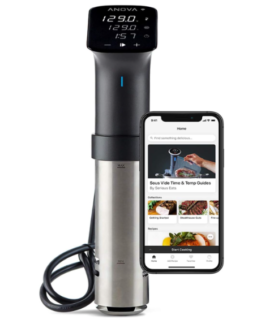

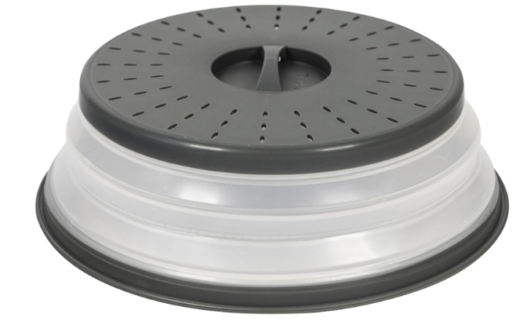
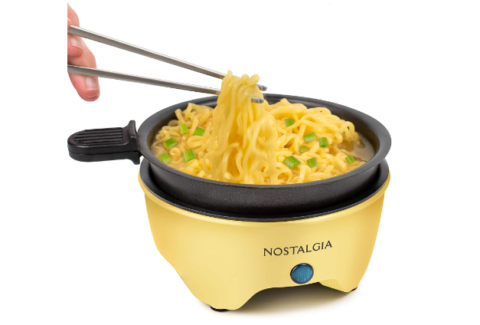

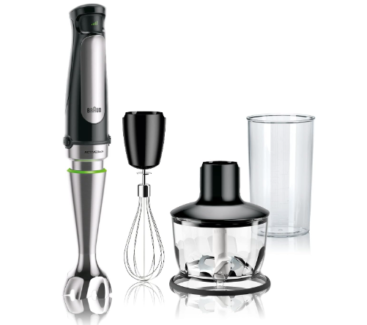
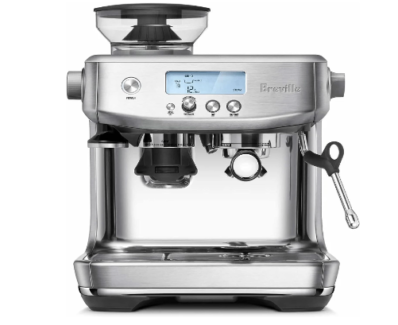
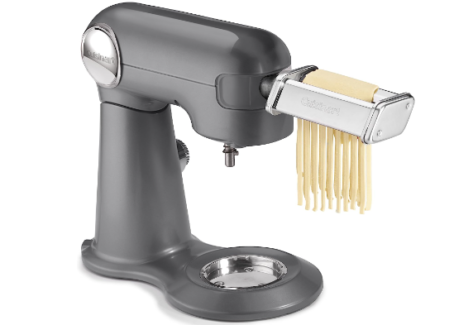
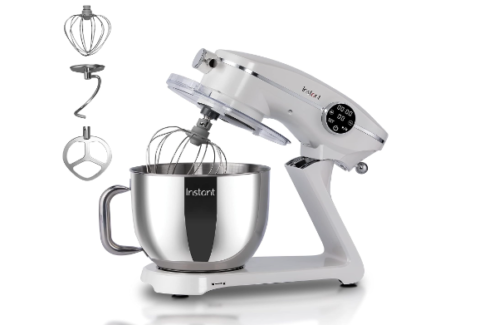

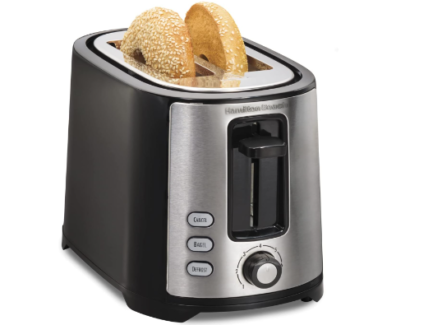

I’m really loving the theme/design of your website. Do you ever run into any web
browser compatibility problems? A small number of my blog audience have complained about
my blog not working correctly in Explorer but looks great in Opera.
Do you have any tips to help fix this issue?
my site vpn coupon code 2024
Just wish to say your article is as amazing. The clearness in your post is simply great and i could assume you’re an expert on this subject.
Well with your permission let me to grab your feed to keep up to date with forthcoming post.
Thanks a million and please keep up the gratifying work.
Feel free to visit my web blog – vpn coupon 2024
great issues altogether, you simply won a new reader. What might you recommend about your
put up that you just made some days ago? Any certain?
Here is my web site: vpn coupon code 2024
It’s an remarkable piece of writing in support of all the internet people; they will take benefit from it I am sure.
My web blog vpn special code
Excellent pieces. Keep writing such kind of info on your blog.
Im really impressed by your blog.
Hey there, You’ve done an excellent job. I’ll certainly digg it and for my part suggest to my friends.
I’m confident they will be benefited from this site.
Here is my site; vpn coupon code 2024